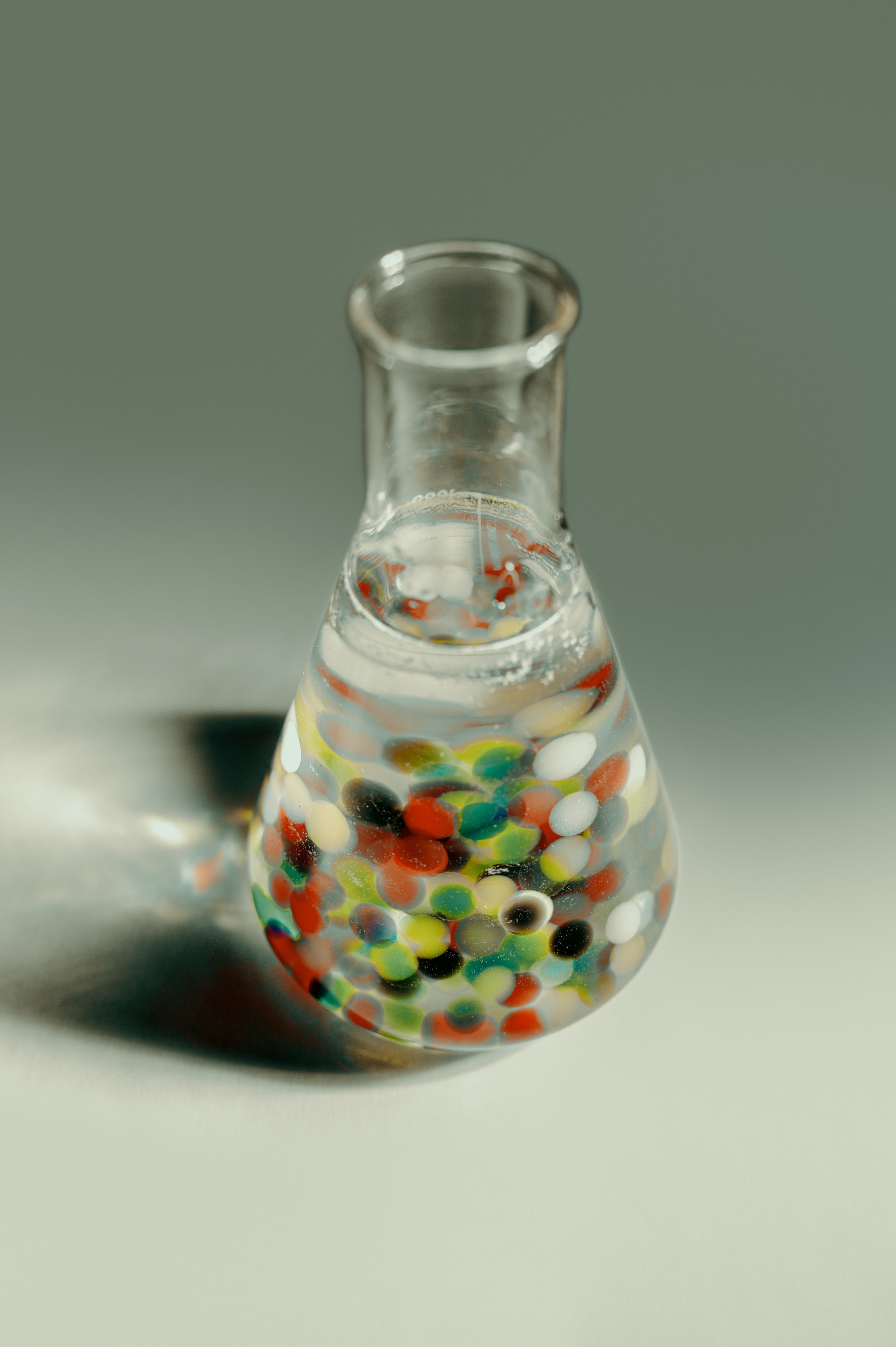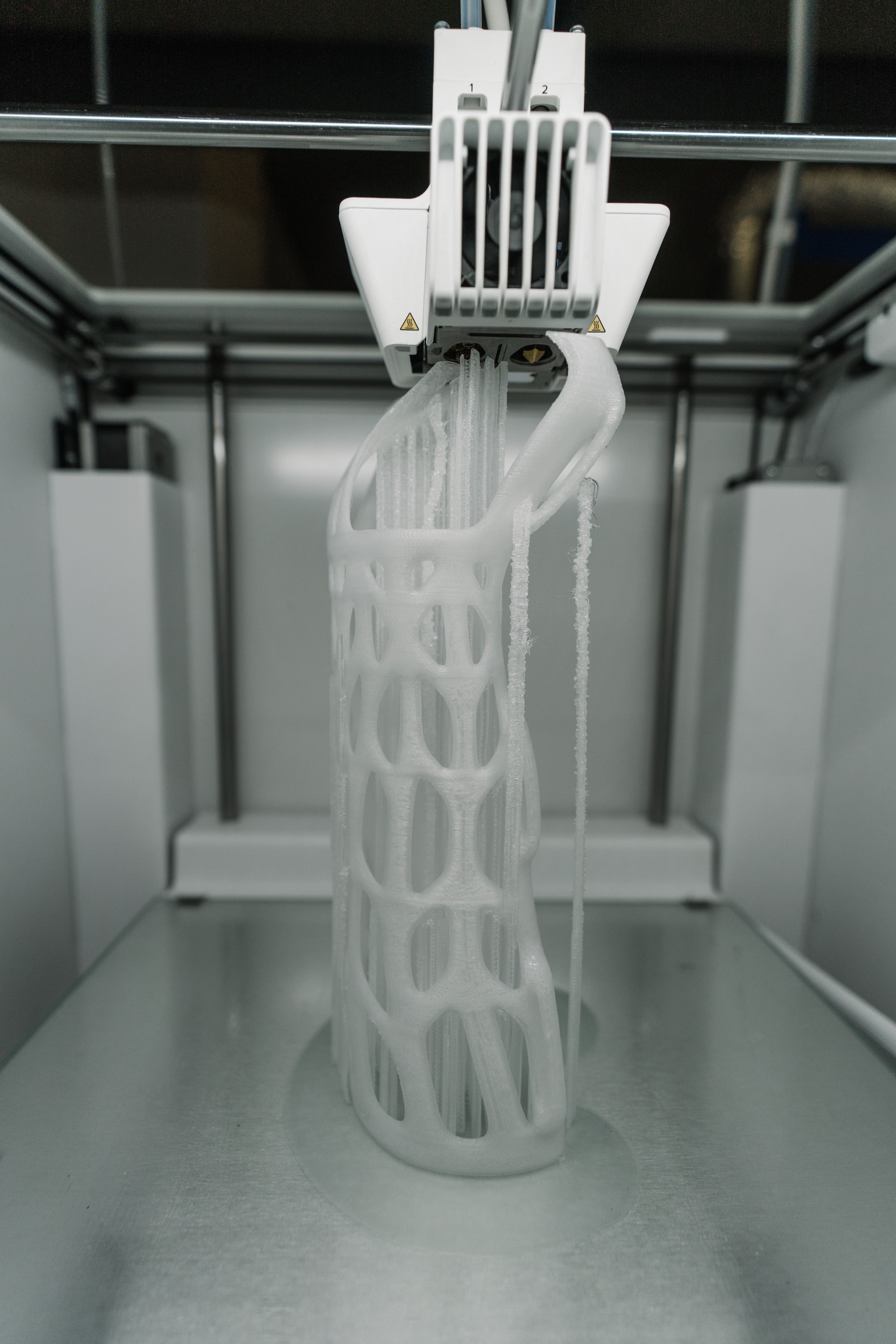Research
We use mathematical methods to learn about the behaviours of fluids and solids. We often work with experimental researchers. Our portfolio of research projects is always evolving. Below you can find a sample of topics we have been thinking about.
Mechanics of hydrogels

Hydrogels are soft solids composed of an elastic skeleton that strongly attracts water molecules. As such, it is energetically favourable for hydrogels to swell when placed in watery environments. By controlling the swelling process, it is possible to morph hydrogels into a range of shapes. The ability to alter the size and shape of hydrogels on demand has led to their use in a huge range of applications. We are currently looking at:
- Morphing hydrogels through phase transitions and instabilities
- Modelling of electro-active and magneto-active gels
- Optimisation of hydrogel-based drug delivery systems
- Fibre-reinforced hydrogels for artificial cartilage
- Hydrogel-coated stem cells for liver therapy
Light-driven 3D printing

3D printing has led to a manufacturing revolution by enabling complex objects to be rapidly and inexpensively produced. At the CFM lab, we develop models that can guide light-driven 3D printing. A main challenge is that the models must be simple enough to use in practice but still capture the key physics. Specific topics of interest are:
- Deriving minimal models that capture mass transport, optical attenuation, and thermal effects.
- Understanding the fluid and solid mechanics of 3D printing
- Using machine learning to simulate and optimise 3D printing
- Modelling dual- and multi-wavelength 3D printing
Lithium-ion batteries

Lithium-ion batteries power many devices such as mobile phones and laptops. Despite the advantages of lithium-ion batteries, they can overheat and degrade over time. At the CFM lab, our research on batteries focuses on:
- Using asymptotic methods to derive simplified models of batteries
- Detection of internal short circuits using machine learning
- Modelling nanowire-based electrodes